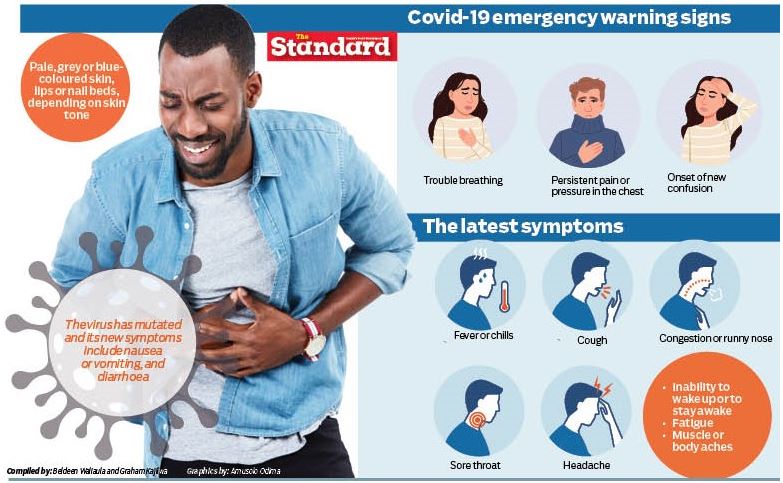
It may also enter the bloodstream, which results in viremia and systemic spread throughout the body. This novel coronavirus causes mild, severe, and critical respiratory disease in 81%, 14%, and 5% of cases, respectively. SARS-CoV-2 enters the human body through the airways and multiplies in the lungs. Severe acute respiratory syndrome coronavirus 2 (SARS-CoV-2) recently emerged as a highly virulent respiratory pathogen that is known as the causative agent of coronavirus disease 2019 (COVID-19). Therefore, we summarize the key elements involved in the pathogenesis and the epidemiology of COVID-19-associated diarrhea. The development of new therapeutic and preventive options is necessary to treat and restrict the spread of this severe and widespread infection more effectively. Thus gastrointestinal SARS-CoV-2 infection has important epidemiological significance. However, the presence of SARS-CoV-2 in the feces may facilitate the spread of COVID-19 through fecal-oral transmission and contaminate the environment. By exploring the elements of pathogenesis, several therapeutic options have emerged for the treatment of COVID-19 patients, such as biologics and biotherapeutic agents. The direct cytopathic effects of SARS-CoV-2, gut dysbiosis, and aberrant immune response result in increased intestinal permeability, which may exacerbate existing symptoms and worsen the prognosis. SARS-CoV-2 elicits a cytokine storm, which contributes to gastrointestinal inflammation. The infection decreases the level of angiotensin-converting enzyme 2 receptors, thereby altering the composition of the gut microbiota. SARS-CoV-2 can infect and replicate in esophageal cells and enterocytes, leading to direct damage to the intestinal epithelium. Diarrhea is a common early symptom in a significant proportion of patients with SARS-CoV-2 infection.

Gastrointestinal: Headache, loss of smell, loss of appetite, diarrhoea, sore throat, chest pain, no cough.

‘Flu-like’ with fever: Headache, loss of smell, cough, sore throat, hoarseness, fever, loss of appetite.

(‘flu-like’ with no fever): Headache, loss of smell, muscle pains, cough, sore throat, chest pain, no fever.The KCL study has thus far found symptoms fall into six main clusters in adults, one of which is gastrointestinal problems.

This research published earlier this month is supported by the ongoing study by researchers at King’s College London based upon data from the covid symptom study app.


 0 kommentar(er)
0 kommentar(er)
